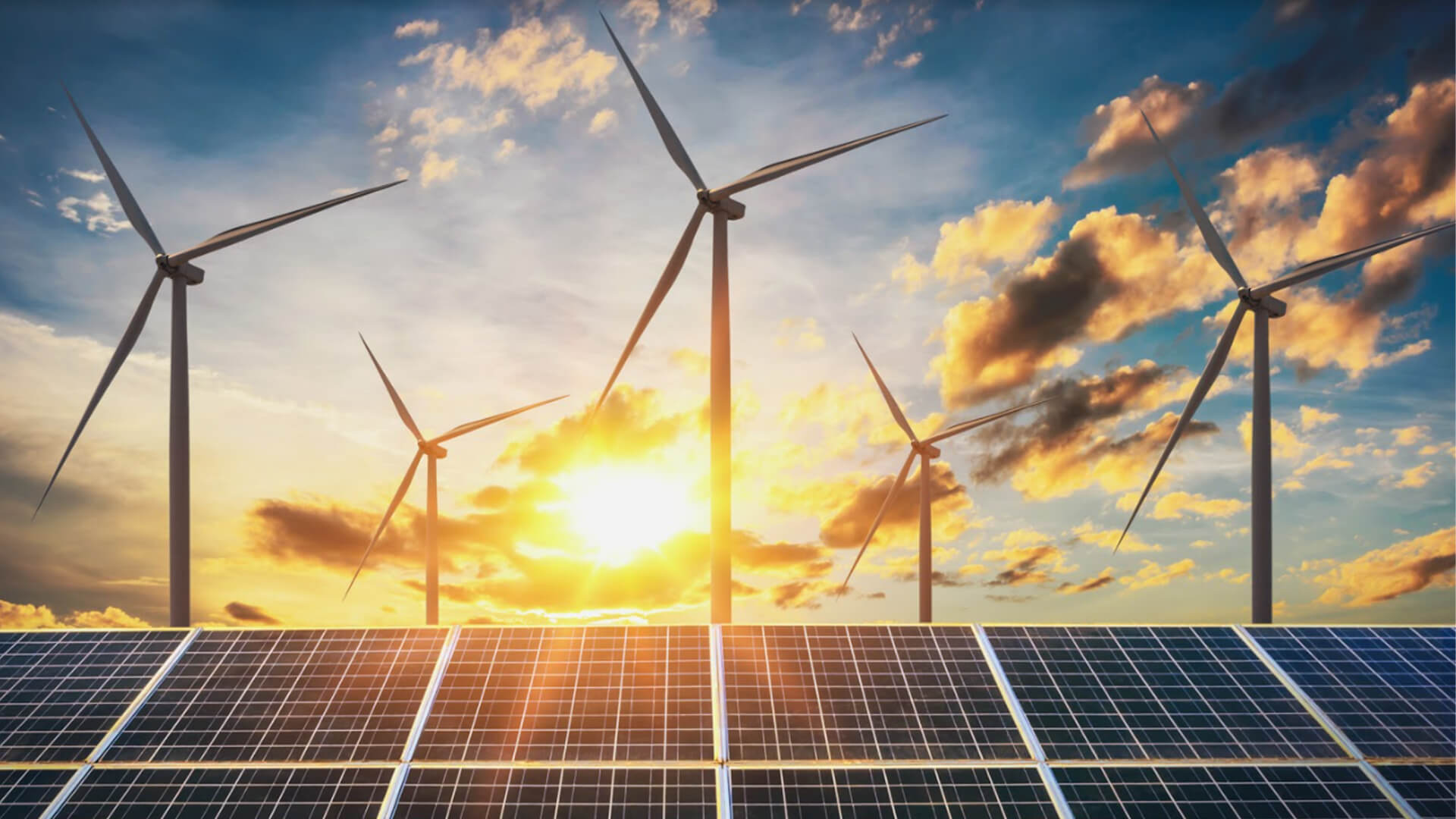The department saw that solar energy on its own could provide up to 40% of the electricity in the country by the year 2035, which is more than tenfold the current level. Best of all, this will not cost electricity consumers a dime.

Solar Power Could Help Decrease Energy Use By A Signigicant Amount
Energy Secretary Jennifer Granhold said in a statement: “Solar [is] our cheapest and fastest-growing source of clean energy. [It] could produce enough electricity to power all of the homes in the U.S. by 2035 and employ as many as 1.5 million people in the process.”
The one thing that could holding things back is the fact that a major shift in national policy is needed, as well as billions of dollars worth of infrastructure renovation. The United States will have to increase annual solar capacity from 15 gigawatts (2020’s number) to 1000 gigawatts by 2035, as well as to modernize power grids to be renewable-dominated.
Congress will also need to pass major climate change legislation, what the report calls a “concerted policy effort.” Congress will need to provide incentives that will help promote renewable energy use. This is even more difficult than it sounds, but it will be necessary to move the plan forward.

Solar Energy Could Provide Up To 40% Of The Country’s Electricty By 2035
The potential benefits from this plan are huge. It means that if these goals are reached, by 2050 more electricity could be produced than is currently consumed by all residential and commercial buildings in the whole country.
Accomplishing these goals will not be easy, but are definitely necessary. Yearly solar generating capacity will have to be quadrupled and continue to be increased every year going forward.

It Is Not A Simple Goal But A Necessary One
While this is not an official plan or government goal, this is a general outline and hypothetical road map, according to Energy Department’s solar energy technologies office director Becca Jones-Albertus. She shared that the guideline was created “to guide and inspire the next decade of solar innovation by helping us answer questions like: How fast does solar need to increase capacity and to what level?”
Jones-Albertus continued: “It is now possible to envision – and chart a path toward – a future where solar provides 40 percent of the nation’s electricity by 2035. This growth is necessary to limit the impacts of climate change, and our work to realize this vision could not be more urgent.”








